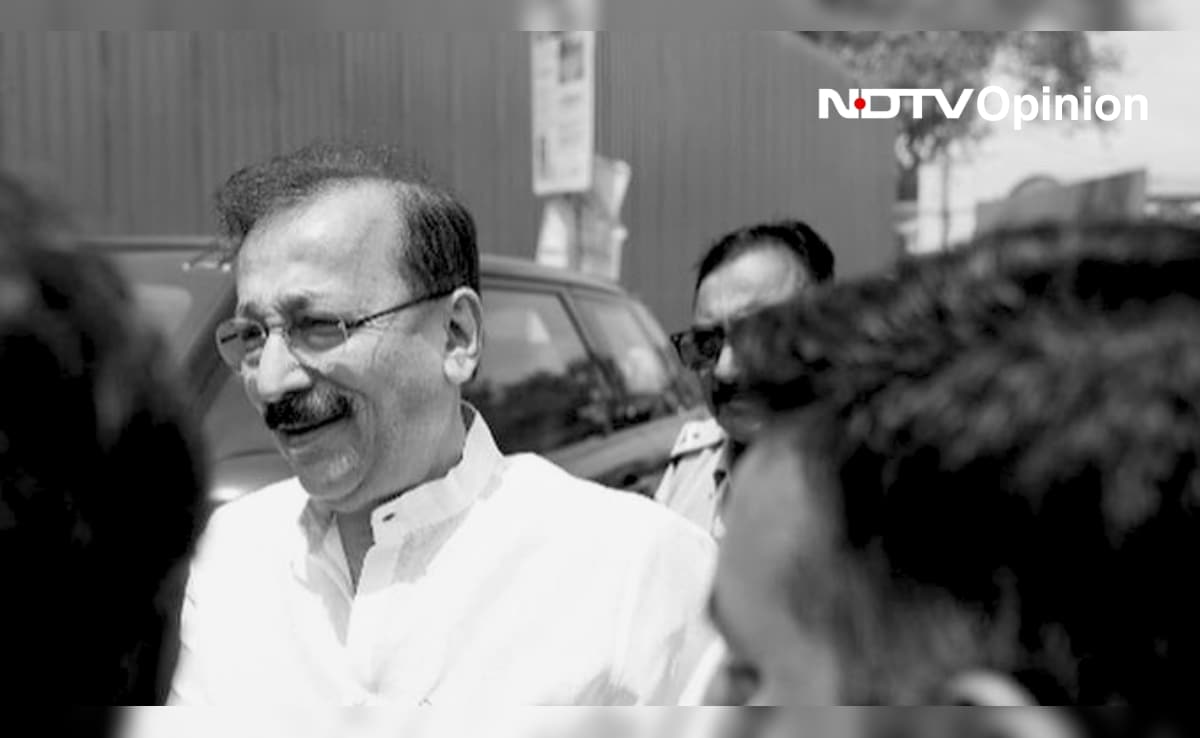Opinion: Why Baba Siddique’s Murder Evokes Uneasy Flashbacks From ’90s
Atishi accuses BJP of letting Delhi become “underworld-era Mumbai” after blast, criticizes central government’s law and order
October 24, 2024Chhota Rajan Gets Bail In Murder Case, But Will Remain In Jail
October 24, 2024
Opinion: Why Baba Siddique’s Murder Evokes Uneasy Flashbacks From ’90s
So far, the Lawrence Bishnoi gang has been involved in two incidents in Mumbai. If Bishnoi tries to profit from terror by making extortion calls to the rich, then the Police will need to brace for another war against the underworld.
Full Article
The last time ‘D Company’ fired a bullet in Mumbai was November 2002. The last murder by the Arun Gawli gang was in 2008. The Chhota Rajan gang’s last big hit—on journalist J. Dey—was in June 2011. Ashwin Naik has quit the underworld and become a builder. Abu Salem’s gang was decimated after his arrest in Lisbon in 2002. And so, with most gang leaders behind bars and their foot soldiers killed, there had been a lull in Mumbai for over a decade. But now, it seems that some gangs from north India, like the one led by Lawrence Bishnoi, are trying to capitalise on this vacuum. The murder of Baba Siddique is perhaps a manifestation of this emerging trend. Siddique’s murder on Sunday has triggered fears that Mumbai may be reverting to the dreaded days of the 1990s, when bloodshed on the streets was rampant. Gangsters not only killed their rivals but also targeted bar owners, builders, film producers, and various businessmen who refused to pay extortion money. Over a hundred people were killed every year in that decade. The lawlessness in India’s financial capital made national headlines especially when audacious gangsters killed a businessman right outside the police commissioner’s office. The police adopted strict measures to combat the mafia’s reign of terror, including the controversial policy of encounters. Around 500 gangsters were killed by the police in the latter half of the ’90s, and thousands were arrested under the stringent Maharashtra Control of Organized Crime Act. This led to the collapse of the Mumbai underworld by the time the 21st century completed its first decade.Dawood Ibrahim wound up his gang’s operations in India after his younger brother Iqbal was deported from Dubai in 2003. Gawli, Rajan, and Abu Salem are serving life sentences in various murder cases. Even small-time gangsters like Ravi Pujari and Bunty Pandey are behind bars. Initial investigations into the Baba Siddique murder case suggest that Lawrence Bishnoi’s gang could be behind the killing. Although it is yet to be conclusively established that the incarcerated gangster ordered the hit, it is a known fact that actor Salman Khan was on his hit list. Bishnoi’s gang had made two unsuccessful attempts to eliminate him. When they couldn’t succeed in killing Khan, they fired at his residence in Bandra to intimidate him. Bishnoi seems to have followed the old underworld formula that if you can’t kill your enemy, kill his acquaintances or destroy his support system. Baba Siddique was not just Khan’s friend but also one of his support pillars, standing by him through tough times like the hit-and-run case and the blackbuck hunting case. It could be surmised that Bishnoi targeted Siddique to intimidate Khan. Baba Siddique was also involved in real estate, and like many others in the industry, he had a few enemies. The police are also investigating the possibility of business rivalry being a motive. A few hours after Siddique was shot dead, someone came forward on social media to claim responsibility for the attack. The post warned others who were friendly with Khan that they could meet the same fate as Siddique’s. The post ended with the words “Jai Shri Ram” and “Jai Bharat”. Such slogans suggest that Bishnoi wants to be seen as a Hindu don, not just an avenger of the Bishnoi community. This mirrors strategies used by Mumbai underworld mafias. The Chhota Rajan gang, by killing those accused of the Mumbai serial bombings, and Ravi Pujari, by threatening defence lawyers in terror cases and left-leaning celebrities like Mahesh Bhatt, had also sought to project themselves as nationalist gangsters, not just money-driven criminals. Similarly, Dawood Ibrahim tried to garner support from the Muslim community by orchestrating the Mumbai serial blasts, which were touted as revenge for the killings of Muslims during the Mumbai riots. The gang also attacked Shiv Sainiks, who were indicted by the B.N. Srikrishna Commission for participating in the riots. So far, the Lawrence Bishnoi gang has been involved in just two incidents in Mumbai. If more such incidents continue and Bishnoi tries to profit from terror by making extortion calls to the rich and wealthy in the city, then the Mumbai Police will need to brace for another war against the underworld. This time, the challenge will be different, as, unlike the gangsters of the ’90s, the members of Bishnoi’s gang hail from various North Indian states, are new to the crime world, and have a sparse criminal background. Most of the officers who fought the underworld in the ’90s have retired. The new breed of Mumbai cops lacks the experience and expertise to deal with organised crime syndicates, and it may be difficult to develop a network of informers, given that the gangsters are from outside the state. PromotedListen to the latest songs, only on JioSaavn.com (Jitendra Dixit is Contributing Editor of NDTV and author of the book ‘Bombay After Ayodhya’) Disclaimer: These are the personal opinions of the author Track Latest News Live on NDTV.com and get news updates from India and around the world. Watch Live News: Follow Us: ………………………….. Advertisement …………………………..
